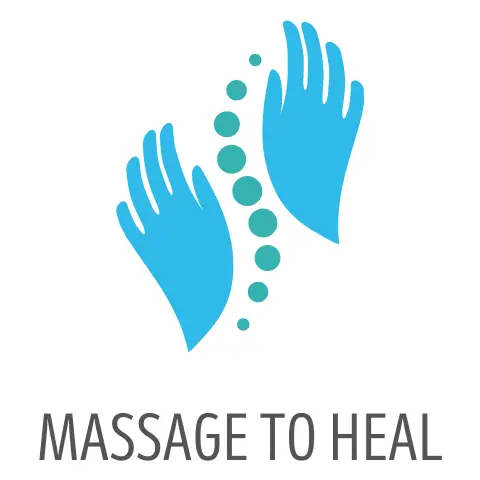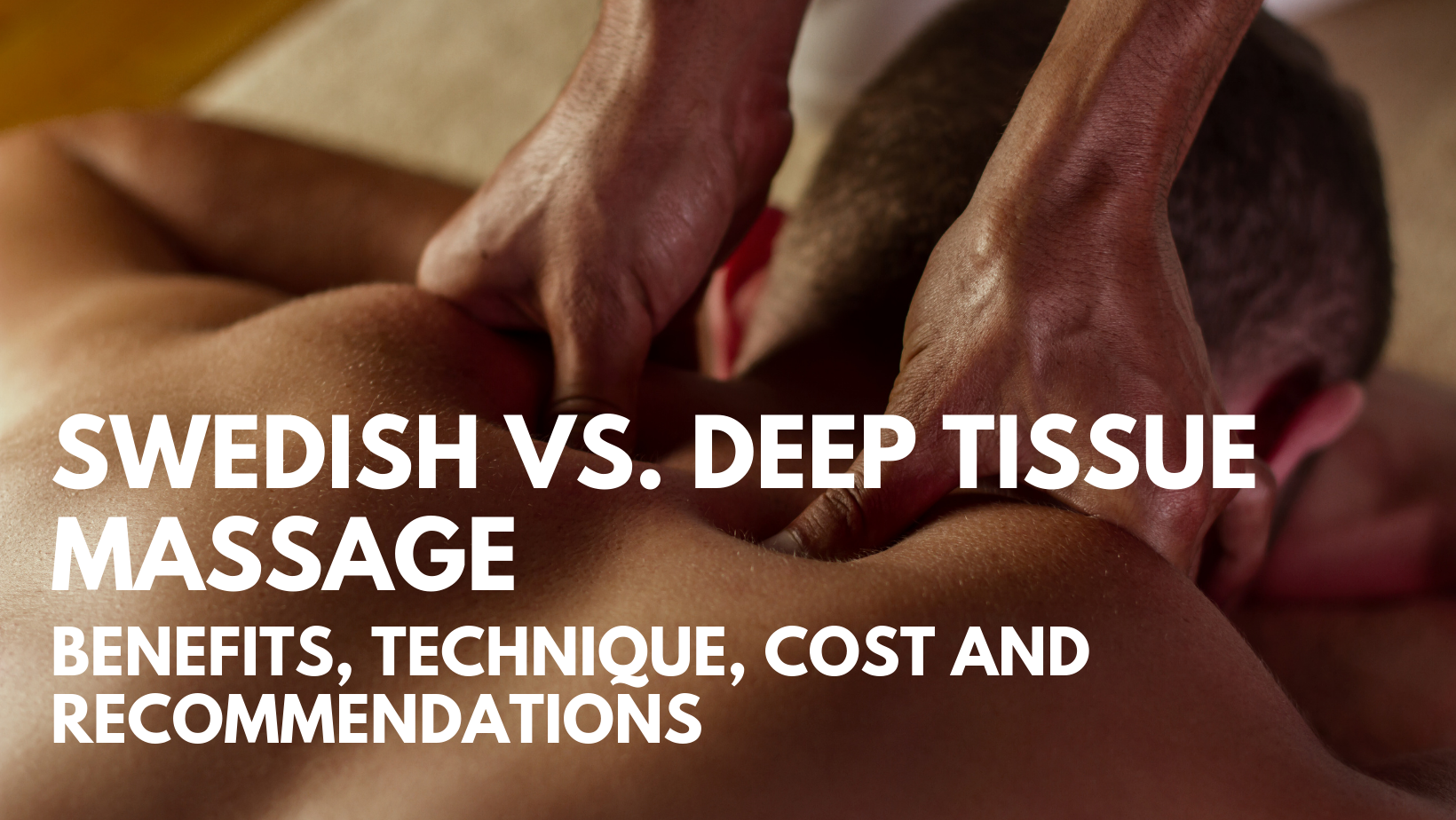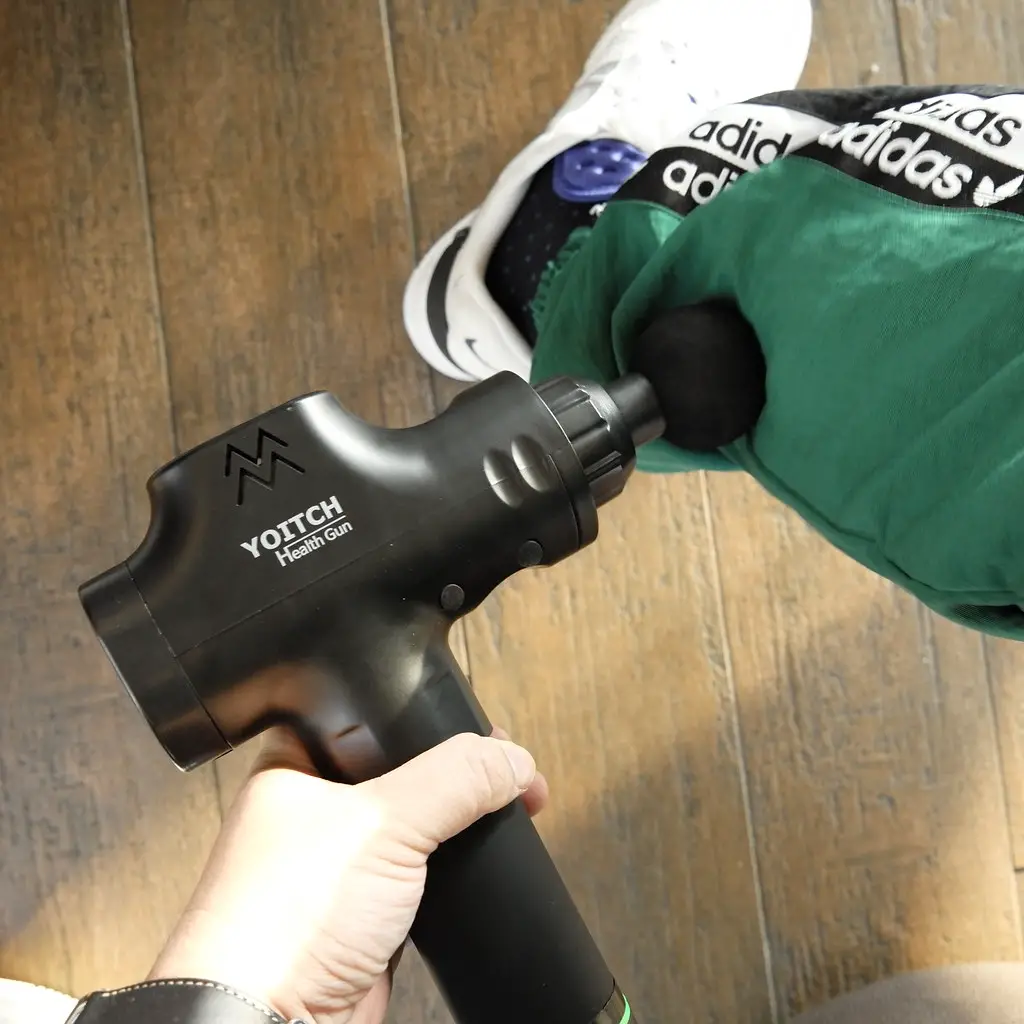In the world of massage, there are many different types for a person to choose from. This blog post will compare and contrast two popular types: Swedish Massage and Deep Tissue Massage. We’ll tell you what they are, their benefits, who should get it, how much it costs, and more!
Comparing the Swedish and Deep Tissue Massage Technique
Swedish massage and deep tissue massage are two of the most popular types of therapeutic massage. They both have their own benefits, but Swedish massage is more gentle while deep tissue massage can be a bit uncomfortable. Which one you choose will depend on your needs!
Swedish Massage Technique
Swedish massage is characterized by five different moves, or “strokes” that are usually performed with the hands. They include effleurage (long strokes), petrissage (kneading movements), tapotement (brisk tapping or percussive taps) and friction techniques.
Deep Tissue Massage Technique
Deep tissue massage concentrates on a specific muscle or group of muscles. The therapist will use slower, more deliberate strokes and deep pressure to get at the deeper layers of muscle tissue that lie just underneath the surface. It’s intense enough for people with chronic pain problems but still gentle enough for those who are looking for a relaxing treatment.
Comparing the Swedish and Deep Tissue Massage Benefits
Benefits of a Swedish Massage
Swedish massage relieves muscle tension, improves circulation and boosts the immune system.
Swedish massage is best for those who are dealing with muscle tension and pain from uncomfortable activities or lifestyles.
It’s also a good option for people who are stiff and want to loosen up, as well as those who are recovering from injuries or surgeries.
Benefits of a Deep Tissue Massage
Deep tissue massage helps release chronic tension and pain in the muscles.
People who have discomfort from injuries or repetitive strain injuries, as well as those who need to recover from injuries or surgeries, may find deep tissue massage more beneficial.
The benefits of deep tissue massage are a little more specific: reduces chronic pain (like that from arthritis or fibromyalgia), increases range of motion and flexibility in muscles, loosens tight knots within muscle fascia and releases muscle “knots” or tight areas.
It’s also great for athletes and those with injuries or limitations that prevent them from moving their muscles and joints as much as they should.
Who should get Swedish Massage?
Swedish massage is recommended for those who are looking for a gentle, relaxing treatment.
This type of therapy would be good if you’re looking to de-stress, recover from injuries or get back into the swing of things after a long day.
Swedish massage is also recommended for those with thin and sensitive skin that might be irritated by deep tissue pressure.
Swedish Massage should be chosen over Deep Tissue Massage by anyone who is looking for a general relaxation, feels stiff and sore from being inactive, has trouble with low back pain.
Who should get Deep Tissue Massage?
Deep tissue massage is recommended for those who want a more intense therapy.
This treatment will suit people with chronic muscle pain, injuries or repetitive strain injuries that need to recover from surgery and those who are athletes looking to get an edge on their competition.
Personally, I had this type of massage last week as my back was feeling really stiff and it helped a lot.
People who are experiencing chronic muscle tension in the neck, shoulders, lower back and legs; anyone who needs relief from the aforementioned pain; people who are recovering from an injury should also get a Depp Tissue Massage instead of a Swedish Massage.
Comparing the Cost of a Swedish Massage vs a Deep Tissue Massage
The cost of a Swedish massage is typically $50-$75 per hour, and the cost of deep tissue therapy can range anywhere from $60 -$80.
The cost of a Swedish or deep tissue massage will vary in price depending on where you go, but most range between $75-$110/hour.
The time varies as well: 30 minutes to 75 minutes for a Swedish Massage and 45-90 minutes for a deep tissue massage.
It’s also important to keep in mind that these prices vary by location (city vs rural areas) and practitioner.
How Much to Tip for a Swedish Massage vs a Deep Tissue Massage
The appropriate amount of tipping will vary depending on the quality of service that you receive.
For example, if your masseuse was professional and polite throughout the session then we recommend tipping 15-20% at minimum. If they were very courteous and attentive to your needs, you might want to tip 25-30%.
For the purposes of this article, we’ll say that most people tip 15% for a Swedish massage and 20% for Deep Tissue Massage.
The total cost to get an hour of either type would range between $95-$120 depending on where you go in your city or town.
Final Thoughts: Which Type of Massage should you choose?
When it comes to choosing a massage therapy, you’re the boss! The best decision is the one that feels right for your needs.
If you are looking for more of a relaxation session and don’t have chronic pain or injuries then Swedish Massage may be perfect for you. Swedish Massages are recommended for people who feel stiff and sore after being inactive, have trouble with low back pain, thin skin or find deep tissue pressure too intense.
Deep Tissue Massage is recommended for those looking to get relief from chronic muscle tension, those who are recovering from injuries or surgery and athletes.






